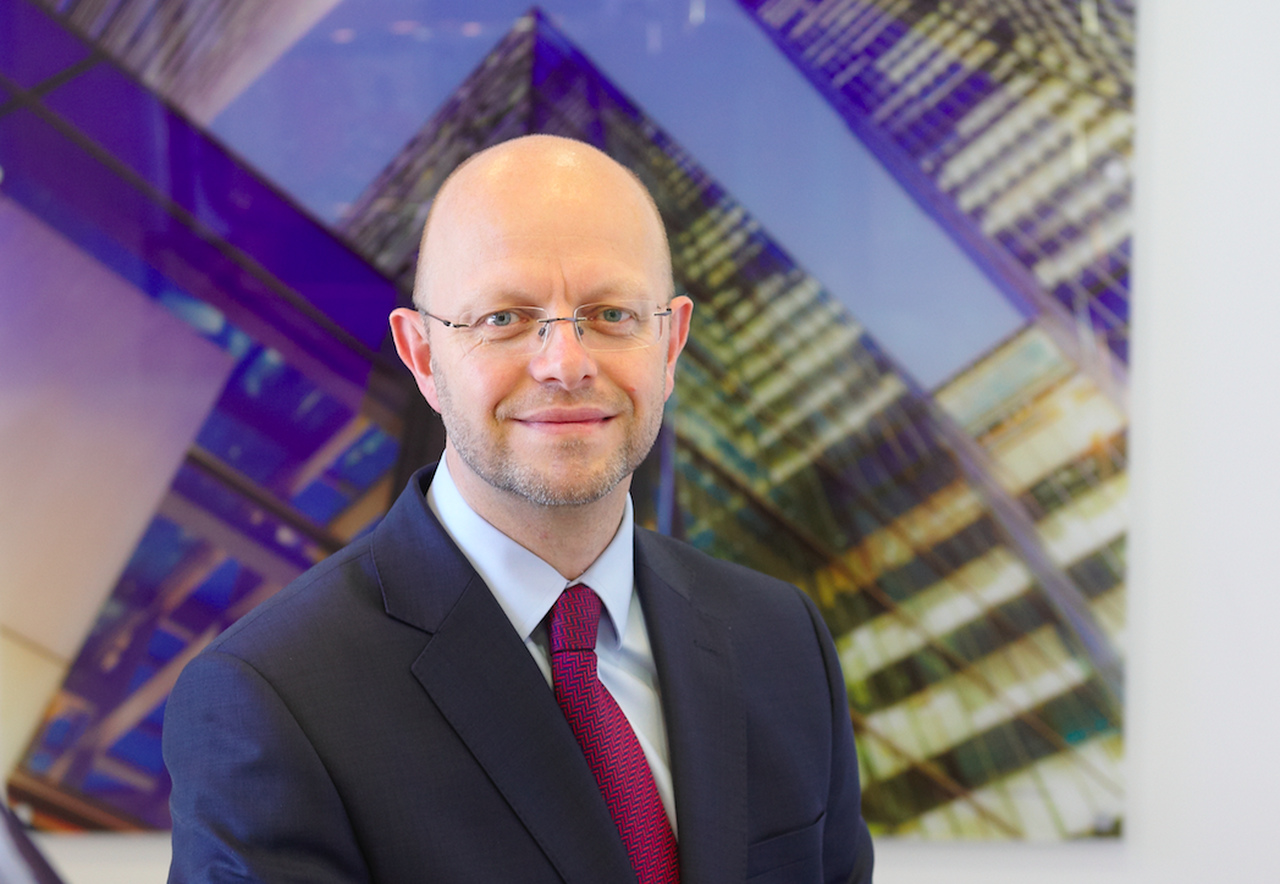
Photo: Screen-Shot-2017-03-29-at-12.19.31_Easy-Resize.com_
Resilient cities require a new breed of professional
29 March 2017
by Jonathan Andrews
By John Kraus, Director External Affairs, RICS (Royal Institution of Chartered Surveyors)
Half of the world’s infrastructure that we expect to be in place in 2070 has not yet been built. But the world will have changed dramatically by then, so we need to understand now what the future infrastructure needs will be. How do we build infrastructure that is both resilient in itself and adds to a city’s overall resilience, by adapting to climate change and anticipating new shifts such as driverless transport, changing business models and demographic change?
A first step is to appoint a key figure at the heart of city administrations, who is a masterful connector, strategic adviser, broker and talented engager of communities. Almost 70 cities have begun to do just that. We are seeing the beginning of a new profession, the ‘Chief Resilience Officer’ (CRO). Often with a background in risk management, the CRO is tasked with changing the culture of an entire city, to think holistically, to plan for a future 30 or more years away, and to see city development from a community perspective.
Today we have fewer than 70 CROs, but we will need perhaps 10,000
Three CROs from across Asia shared their experience at the Annual Summit of the World Built Environment Forum in Shanghai this week. The cities of Semarang (capital of Central Java), Bangkok and Yiwu (China) had all adopted a common strategy developed by the 100 Resilient Cities network, all with a common starting point: ask not what we are building something but why. All three cities had then launched public consultations to develop a strategy, with a vision, goals and a financial plan. Each strategy is tailored, but typically includes plans for smart transport, economic diversification, asset optimisation and emergency planning.
Semarang’s priorities include tidal flooding, disease management, and traffic congestion and land-use densification driven by rapid development.
Bangkok was eager to avoid a repeat of the 2011 flood which affected 13 million people and cost US$46 billion. For its citizens, historic development on flood plains, rainwater catchment, dykes and urban flood defences were key elements of Bangkok’s vision for a safe, reliable, sustainable city, offering high quality of life and a competitive economy.
Yiwu is developing rapidly into a multi-billion dollar centre for e-commerce, handling more than two million parcels per day, but facing competition from cities in Bangladesh and Vietnam. Quality of life for a growing middle class and resilient logistics were key considerations for Yiwu, with rail links now extending as far as the UK.
Every city needs to be resilient, and as Bangkok, Semarang and Yiwu have found, appointing a CRO was the right place to start. Today we have fewer than 70 CROs, but we will need perhaps 10,000. We need to find ways to support CROs in their professional work and to help them tap into the expertise of professionals from across all specialisms in the built environment sector.







